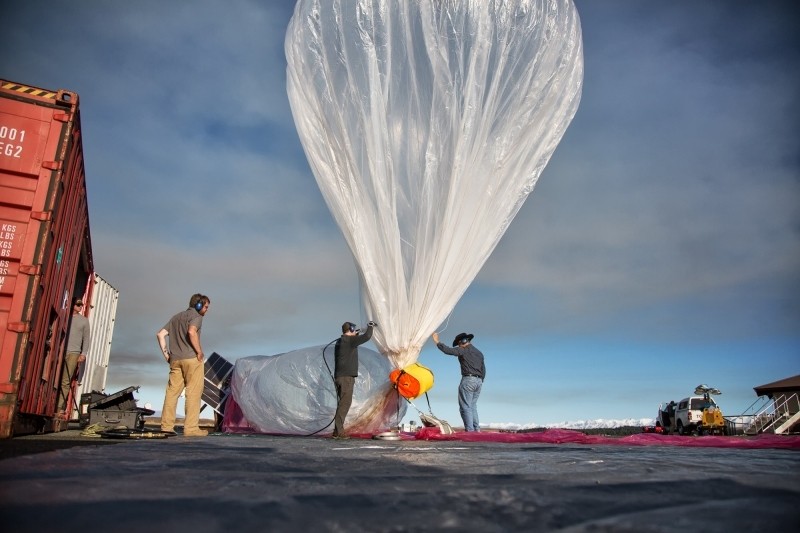
Google has provided an update on Project Loon, its forward-thinking venture to blanket underserved parts of the globe with Internet access using an array of airborne balloons. To say that the project is making significant progress would indeed be an understatement.
During a recent phone interview with Johan Mathe, one of the designers of Loon’s navigation system, Ars Technica learned that a single Loon balloon can now remain afloat for more than six months. During that time, it’s capable of providing 4G LTE wireless service to an area the size of Rhode Island.
Instead of offering a standalone Internet service, Loon balloons are being designed to gather signals from traditional land-based cellular towers. Balloons can operate in a daisy-chain configuration meaning a signal from a distant tower can jump from balloon to balloon to reach far away regions.
Mathe also provided a bit of insight into how Project Loon initially started. Partially due to technical limitations, the idea early on was to create a system that would beam signals down to antennas on peoples’ homes. Thanks to the rapid progression of mobile technology and the fact that many living in developing nations use or will use a smartphone as their primary (and perhaps first) computer, beaming signal to mobile devices is now not only possible but preferred.
In the small-scale beta testing thus far, Google says Loon balloons are able to provide LTE with download speeds of about 10Mbps.
https://www.techspot.com/news/60039-single-project-loon-balloon-can-now-float-six.html